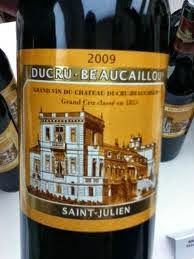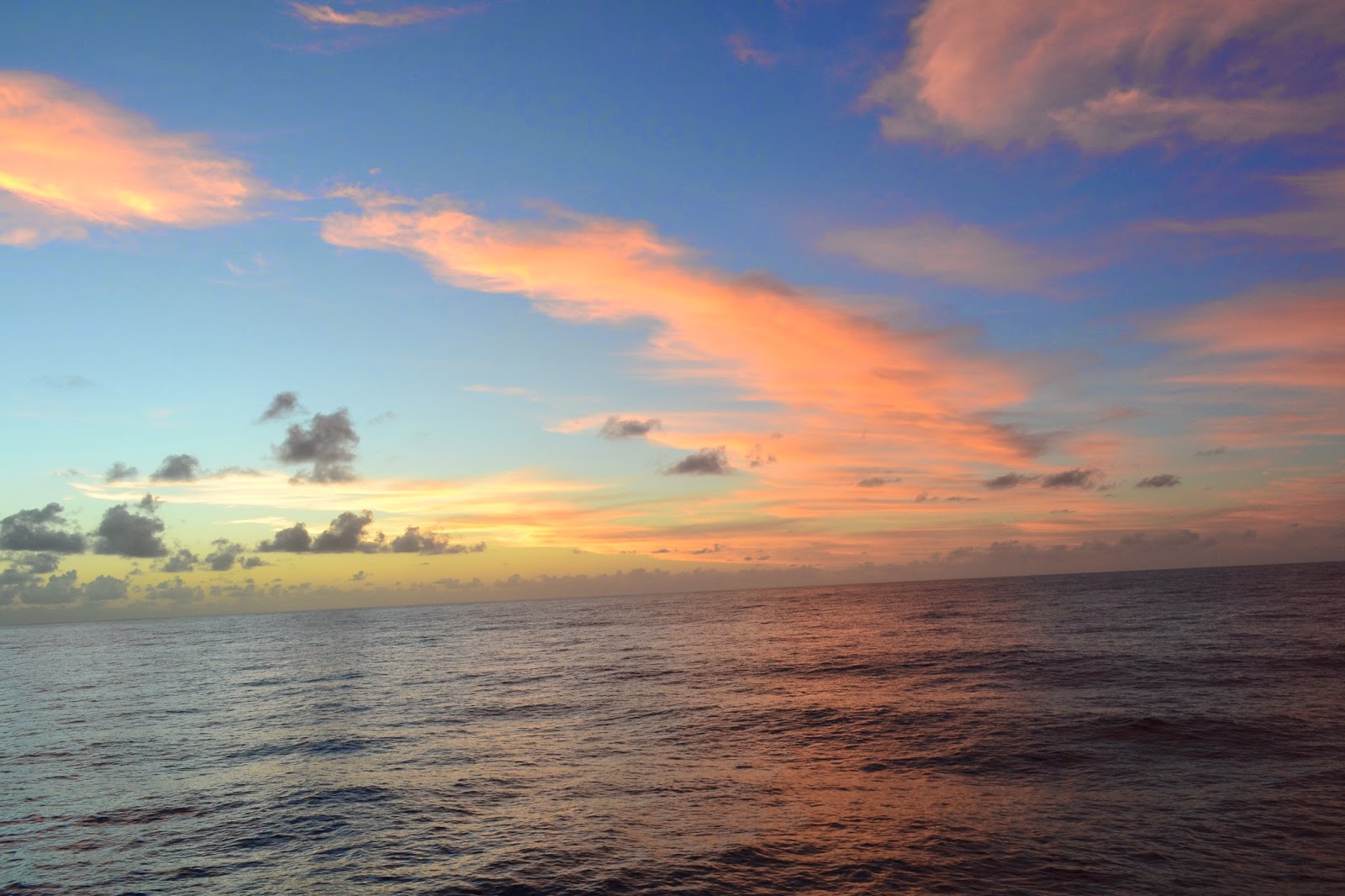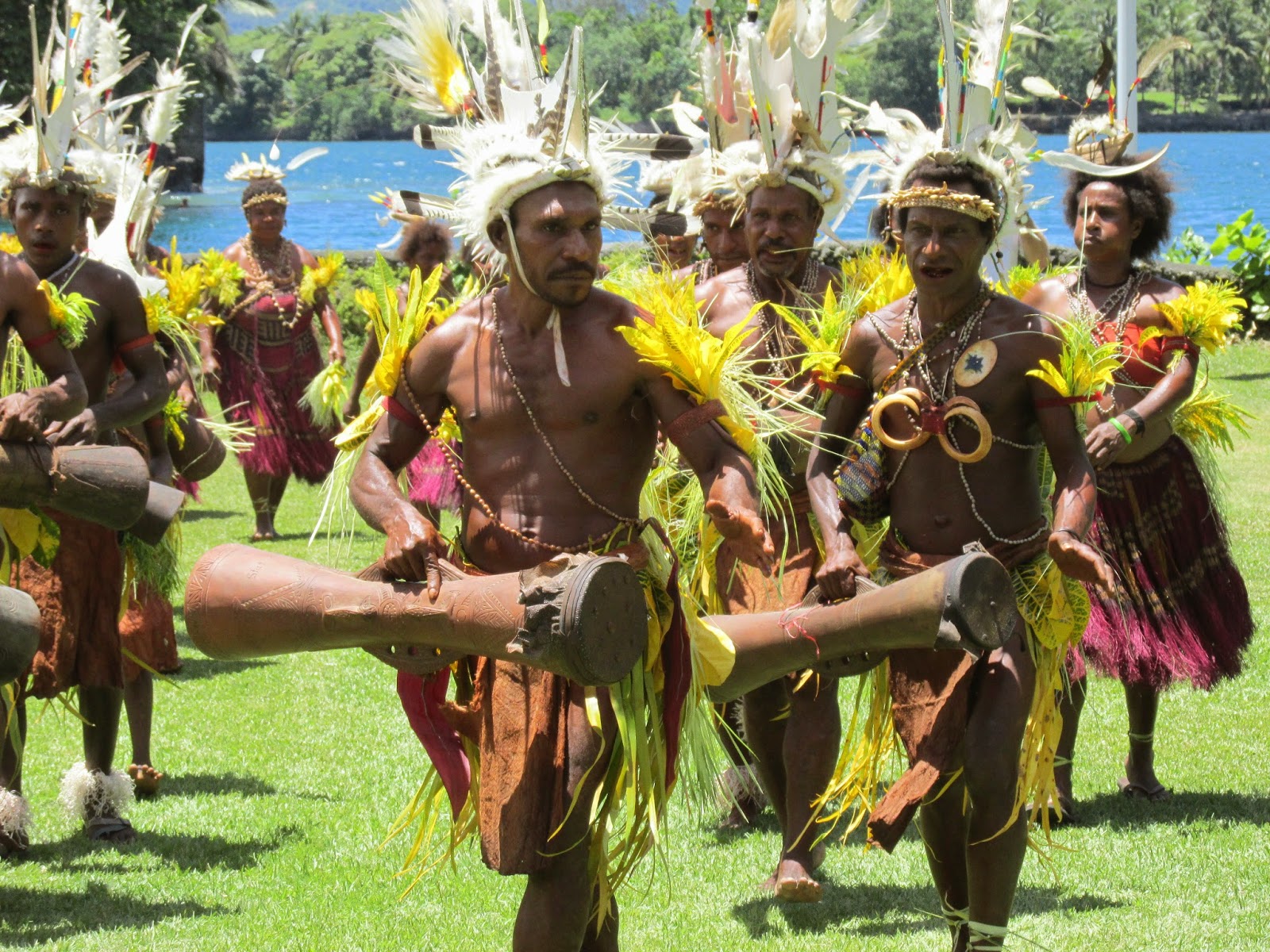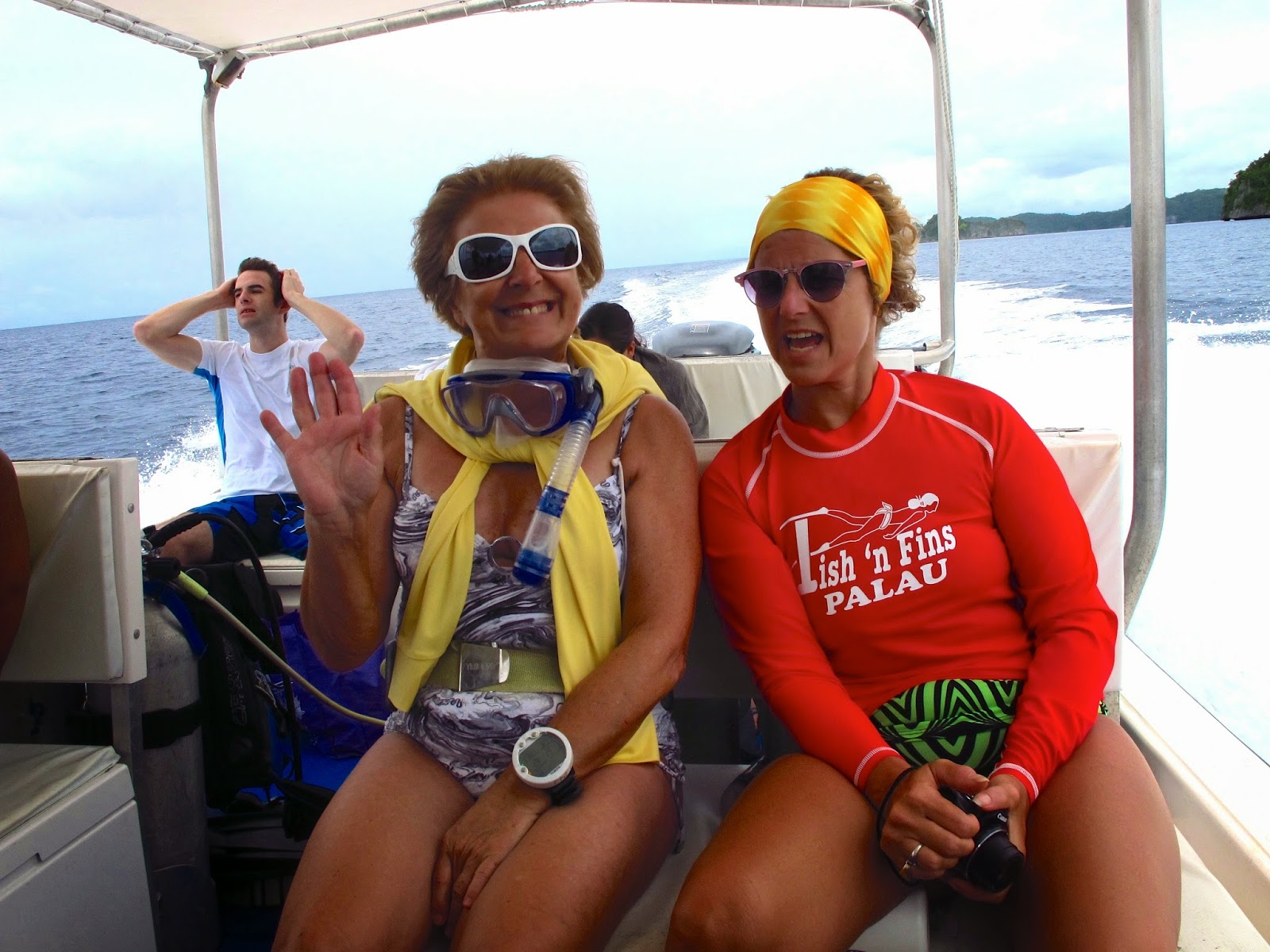(北京 Běijīng)
"Beijing" is the atonal pinyin
The Great Wall was built by Qin Shi Huangdi, the first
emperor of China during the Qin (Ch’in) Dynasty as a first line of defense
against the invading nomadic Huns, but also to isolate China from the world.
The Emperor standardized Chinese writing, bureaucracy,
scholarship, law, currency, weights and measures.
The Qin dynasty ended soon after his death, but a unified
China remained for over 2,000 years.
China’s name is derived from his short bus seminal dynasty, Qin
(pronounced CHIN).
It is hard to describe the magnitude of this structure,
easy to think about in the abstract, is incredible when you get “up close and
personal”.
According to a Chinese
saying, no visit to Beijing is complete if you miss seeing the Great Wall or dining on Roast Duck which we did after visiting the .
明清皇家陵寢; pinyin: Míng Qīng Huángjiā Língqǐn
is the designation under which the
At the foot of Tianshou
Mountain, is the Ming Tombs Scenic Area, where lie the mausoleums of thirteen
emperors of the Ming Dynasty (1368 - 1644). Since
1409 when Zhu Di, the first emperor of the Ming Dynasty, built his Changling
Tomb here, the succeeding twelve emperors had their tombs built around Changling
during the next 230 years, covering a total area of over 120 square kilometers
(46.3 square miles). This is the best preserved tomb area with the most
emperors buried.
At present, only the Sacred
Way, Changling Tomb, Zhaoling Tomb and Dingling Tomb are open to the public.
An off we went to the local, recommended by our guide, PEKING DUCK Restaurant.
The hot roast duck is
brought to the dining table by the chef where he slices it into more than 100
thin flakes,
First, a
suitable White Beijing Duck is chosen for preparation. After the bird has been
plucked, air is pumped between its skin and flesh. A small incision is made for
the removal of the entrails.
Secondly, and once the bird has been thoroughly cleaned, a wooden
skewer is inserted through it to facilitate its hanging and ultimate heating;
the body cavity is filled with water and the incision that had been made is
closed.
Thirdly, the skin of the duck is air dried and brushed with a
layer of sugar.
Fourthly, the duck is then put into a large oven, using a
smokeless hardwood fuel and heating to about 270 degrees Centigrade for 30 to
40 minutes. The duck is turned frequently during the roasting process to ensure
even cooking.
Then the delicious roast duck is ready! It will be a shining
date-red in color and unique in flavor; Beijing Roast Duck is characterized by
its crispy skin and tender texture.
A few more interesting dishes were chosen, it made it for a "different" dinner.
Next morning early...............to XIAN we went































































































